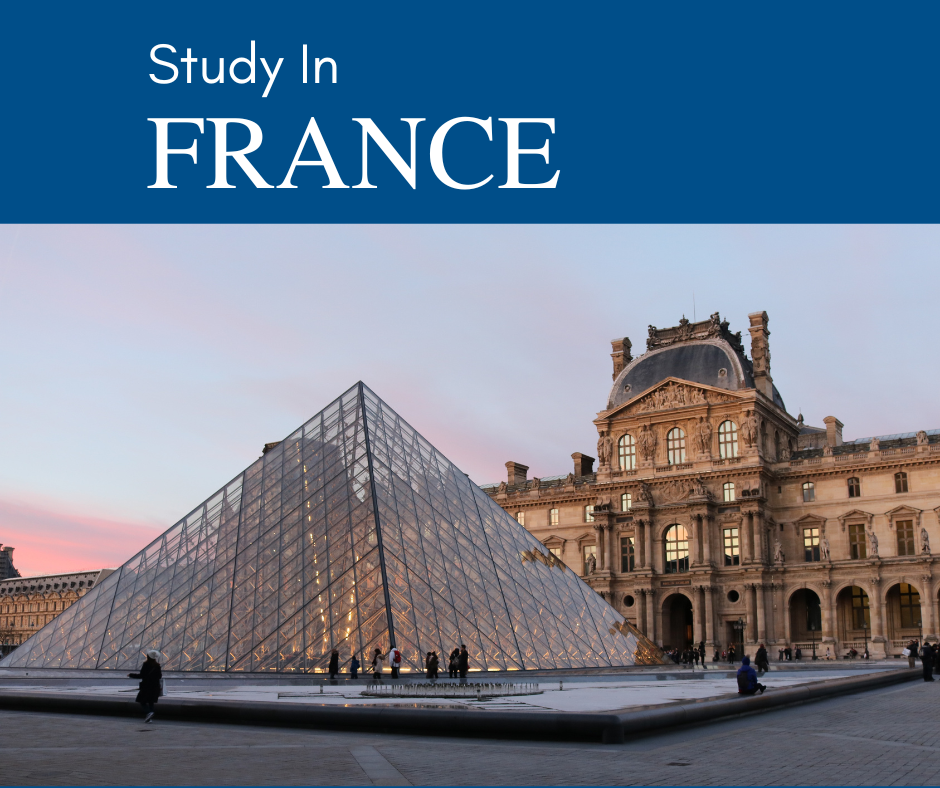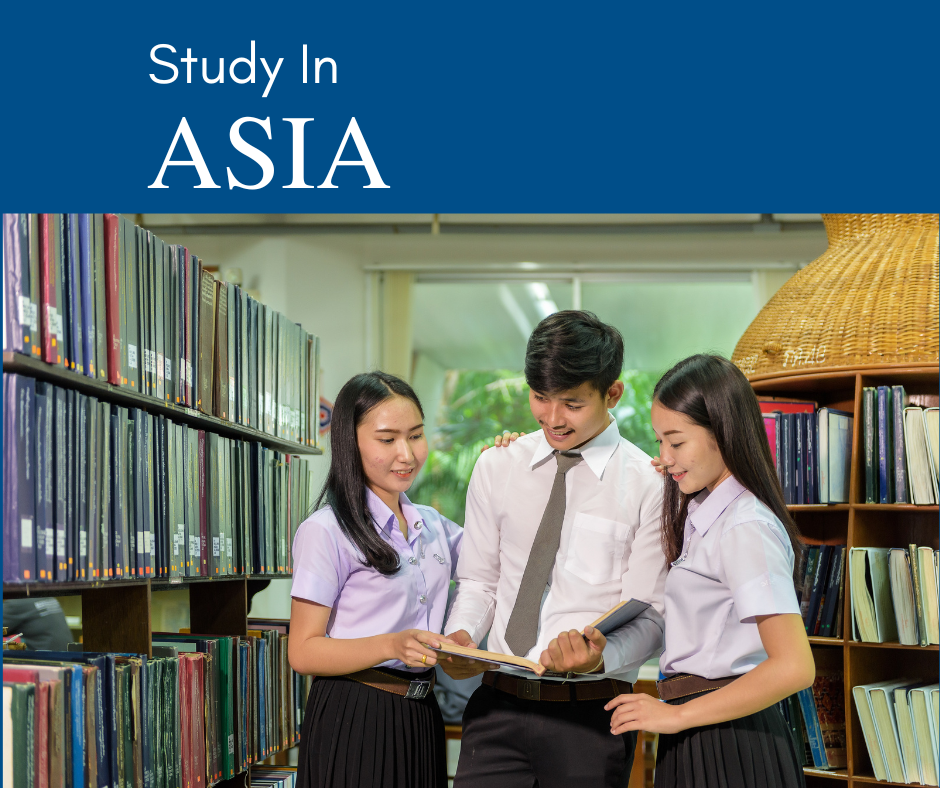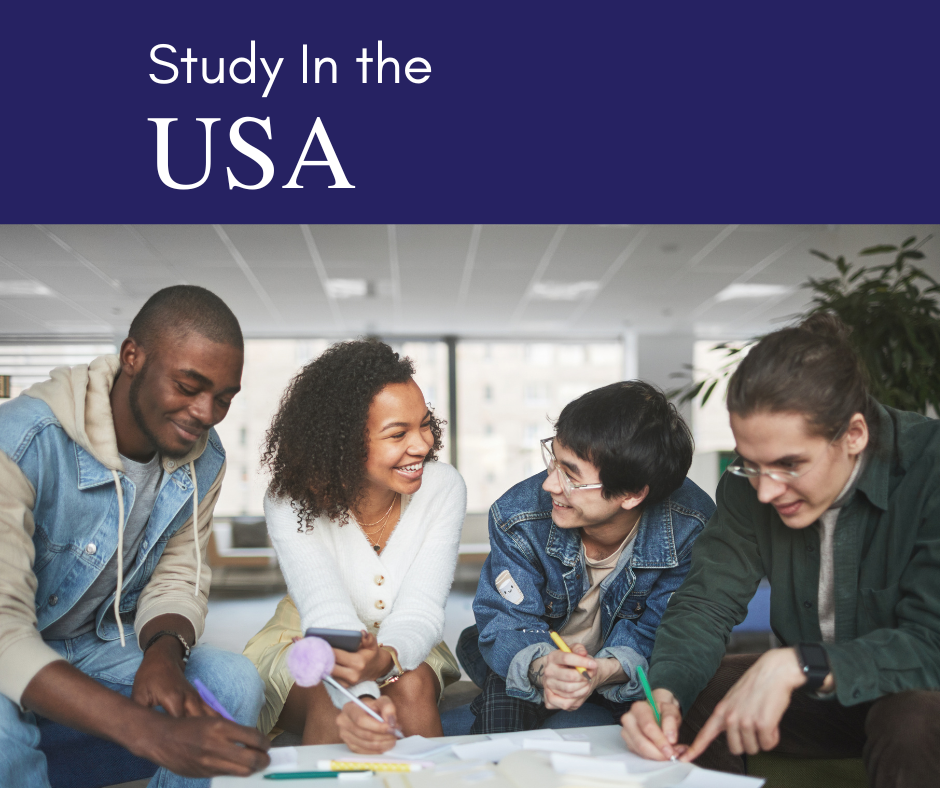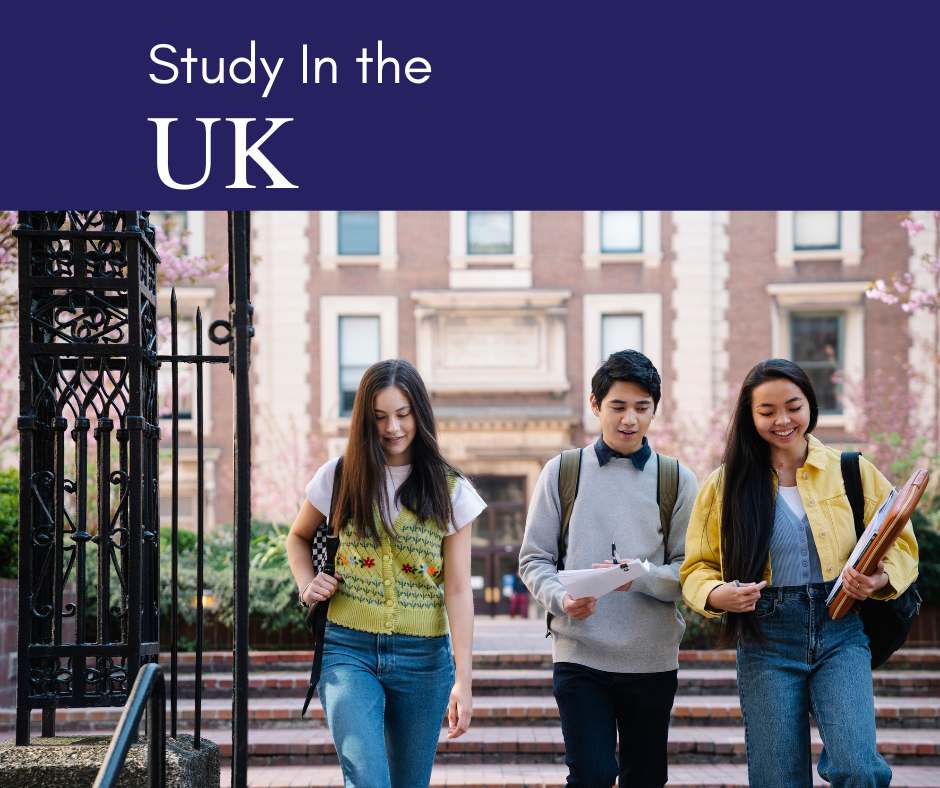
LinkedIn’s 2025 Top MBAs: bold career-data idea, distorted global picture
Share
What LinkedIn actually ranked—and how
LinkedIn says its list is “entirely data-driven,” built from member profiles and platform signals across five pillars (weights in parentheses): Hiring & Demand (22.22%), Ability to Advance (22.22%), Network Strength (22.22%), Leadership Potential (22.22%), and Gender Diversity (11.11%). Crucially, LinkedIn removed mainland China institutions because “our data does not capture alumni based in China,” which immediately explains the absence of CEIBS and peers. Transparency is limited: readers don’t see pillar scores by school. Poets&Quants
P&Q’s methodology readout (with pillar definitions and weights) plus the China exclusion is the clearest public documentation available. Poets&Quants
Top 10: LinkedIn vs. FT (and what’s missing)
LinkedIn Top 10 (2025)
1 Stanford GSB
2 Harvard
3 INSEAD
4 Wharton
5 Indian School of Business (ISB)
6 Northwestern Kellogg
7 MIT Sloan
8 Dartmouth Tuck
9 Columbia
10 London Business School
(LinkedIn’s list as republished by third-party outlets.) CPA Practice Advisor
Financial Times Global MBA (2025) — top tier snapshot
1 Wharton
2 Columbia
3 IESE
4= INSEAD / SDA Bocconi
6 LBS
8 ESADE
9 HEC Paris
(CEIBS sits just outside the top 10 at #11; NUS appears mid-table.) FT Rankings
QS Global MBA (2026) — top notes
Wharton is #1; NUS is #23 (top in Asia)—which already suggests Asia’s limited presence in that top-10, though not due to a China data block. Top Universities
What stands out
- China is missing by design in LinkedIn: Mainland programs are excluded, so CEIBS—#11 in FT and a perennial EMBA leader—cannot appear. That’s a methodological blind spot, not a performance judgment. FT Rankings
- Singapore absent from LinkedIn’s top 10: NUS is outside the QS top 10 as well (#23), but it routinely ranks as Asia’s leader. LinkedIn’s top tier remains U.S.–Europe–India dominant, with ISB #5 an outlier vs FT (ISB #27). Top Universities
Side-by-side snapshot
| Rank band | LinkedIn 2025 (career outcomes–led) | FT 2025 (multi-factor; audited) |
|---|---|---|
| #1–#3 | Stanford, Harvard, INSEAD | Wharton, Columbia, IESE |
| #4–#6 | Wharton, ISB, Kellogg | INSEAD/SDA Bocconi (tie), LBS |
| #7–#10 | MIT Sloan, Tuck, Columbia, LBS | ESADE, HEC Paris, (CEIBS #11) |
Bold = outside the U.S.
Key takeaway: LinkedIn heavily rewards career velocity + network effects visible on its platform, while FT’s composite (salary, research, international mix, value, etc.) places more continental Europe in the top tier and keeps India mostly outside the top 15–20. FT Rankings
Why the divergence?
- Data coverage bias (China): LinkedIn’s exit from mainland China years ago means alumni graphs there are weak or absent, forcing an exclusion. That systematically deflates Asia’s presence, regardless of true program strength. Poets&Quants
- Platform-centric outcomes: LinkedIn’s pillars reward schools whose alumni (a) cluster on LinkedIn, (b) receive recruiter InMails, (c) connect into director+ networks, and (d) advance quickly—signals strongest in the U.S., India, and parts of Europe. Markets where LinkedIn isn’t the dominant professional graph are inherently undercounted. Poets&Quants
- Transparency gap: FT publishes audited multi-metric tables; QS shows indicator-level positions and clearly states Asia’s leader (NUS #23). LinkedIn doesn’t publish pillar scores per school, making it hard to diagnose why, for example, ISB is #5 while Bocconi and IESE sit lower, despite FT placing them top-5. Poets&Quants
Does LinkedIn capture “career ROI” better?
There’s real innovation here. The platform’s reach into hiring velocity, promotions, and network strength is a genuine upgrade over static salary snapshots. But two caveats matter:
- Global comparability requires global coverage. Excluding an entire country the size and influence of China—and underweighting regions with different platform habits—distorts the world map. Poets&Quants
- Outcome ≠ experience. Employer-visible success says little about teaching quality, research depth, pedagogy, cohort diversity, or student satisfaction, which FT and QS partially capture. FT Rankings
What applicants should do
Triangulate. Use LinkedIn to gauge network effects and career lift, FT for value + international breadth, QS for reputation, ROI and global scope. No single ranking tells the whole story. FT Rankings
Check your target region. If you plan to work in China or Singapore, rely more on FT/QS and regional rankings. LinkedIn’s blind spots risk under-crediting schools like CEIBS or NUS. FT Rankings
Interrogate outcomes locally. Look at alumni in your function and location; platform-level global signals may not reflect your market.
Verdict
LinkedIn’s “career-first” methodology is exactly what many applicants want—but excluding mainland China and withholding pillar scores blunts credibility. Until the coverage gap and transparency issues are fixed, LinkedIn’s top 10 will likely over-index to the U.S., India, and parts of Europe and under-represent East Asia’s heavyweights. Treat it as a powerful second lens, not the primary map—then cross-check with FT and QS before you decide.
Sources
LinkedIn Top MBA Programs 2025 top-10 as republished (CPA Practice Advisor; Reddit MBA thread). CPA Practice Advisor
LinkedIn methodology & China exclusion (Poets&Quants analysis). Poets&Quants
Financial Times Global MBA Ranking 2025 (table & overview). FT Rankings
QS Global MBA Rankings 2026 (top notes; NUS #23).










